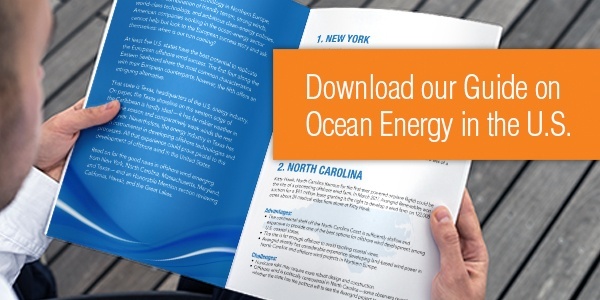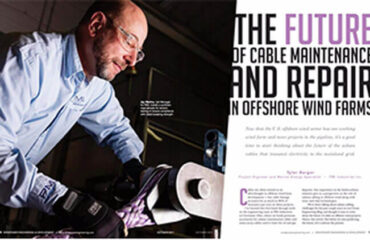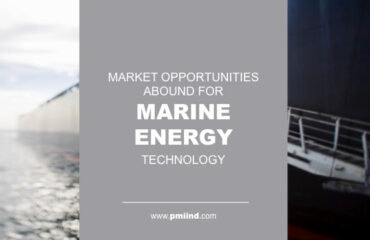There’s nothing quick about developing an offshore wind farm. It takes years of site selection, political and financial wrangling, environmental reviews, and careful construction to make it all happen. But those timelines could be getting shorter thanks to developments in the European offshore wind market.
An article in IEEE Spectrum in June 2017 noted a major breakthrough: Three new German projects are expected to be built without government subsidies — a first in the history of European offshore wind. Indeed, the scope and scale of North Sea wind farms is growing so fast and costs are falling so quickly that subsidy-free projects are happening much sooner than anybody anticipated.
“We’re three to four years ahead of schedule,” Bent Christensen, who is responsible for energy-cost projections for Siemens’ wind power division, said in the IEEE Spectrum report.
Admittedly, there’s a speculative component to the prediction of subsidy-free offshore wind power: It requires turbines that generate 13 to 15 MW, which aren’t on today’s market (the biggest turbines generate about 8 MW). IEEE Spectrum says those turbines may be seven or eight years in the future.
Reviewing the key phases of the offshore wind timeline
With subsidy-free power in the picture within a decade, developers, regulators, and manufacturers will be looking for ways to shrink the offshore wind timeline in each of its four key phases. Here’s a quick review of those phases:
- Establishing offshore wind regions: This is where government regulators identify sites that hold the most promise for offshore wind production. Studies measure the areas with most reliable wind resources and least environmental impacts. In Europe, France is seen as one of the next great offshore locales thanks to its shorelines in the North Sea, Atlantic Ocean, and Mediterranean Sea.
- Offering leases and requesting bids: Next, developers get an opportunity to lease specific sections for wind farm development. Here, utilities and regulators coordinating the arrival of the power on the mainland request bids from wind farm developers. Before preparing their bids, the developers conduct wind tests, dig bore holes and survey the sea floor to find optimum areas for development.
- Developing wind farm sites: The company with the winning bid starts developing the site in more detail. It’s time to identify precisely where the individual wind turbines will be installed and figure out which vendors will supply them. Here, cumulative advances in technologies and techniques learned at existing sites pay dividends by showing developers where they can chip away at time-consuming processes. Of course, anything in the plans that present potential risks to ecosystems, fisheries, tourism, and coastal views can bog down the development phase. Another major wrinkle is rounding up financing to get the projects built.
- Fabricate and construct wind farm: Mass production and standardization help developers rein in costs at the construction phase. This also is the phase where the weather starts to loom large. Though coastal storms can throw off timelines and potentially damage turbines during construction, advances in weather prediction technologies can help developers better prepare for severe weather.
Welcome news from European offshore wind
At PMI, we’re watching all these developments closely because we manufacture premium accessories for underwater cables that transmit electricity from offshore wind farms to the mainland power grid. We expect innovations in ocean renewables to be good for our business as well as the planet.
It’s true that offshore wind remains one of the most expensive renewable power sources, but costs are falling rapidly, according to IEEE Spectrum: Just four years ago, new projects were providing power at about €160 (US $179) per megawatt-hour amid hopes to reduce those costs to €100/MWh by 2020. Christensen of Siemens says prices are hitting that goal in 2017.
Ever-larger and more efficient wind farms should drive those costs lower in the years ahead, potentially attracting more investors, inventors and developers into the marketplace. This has the potential to motivate developers to shrink wind farm timelines as well.







